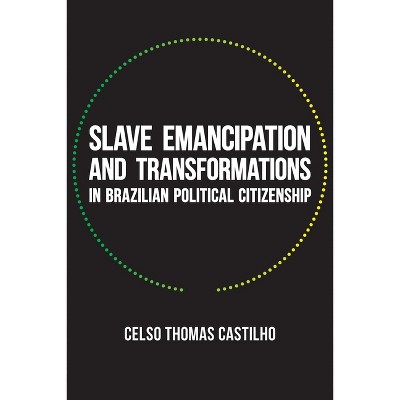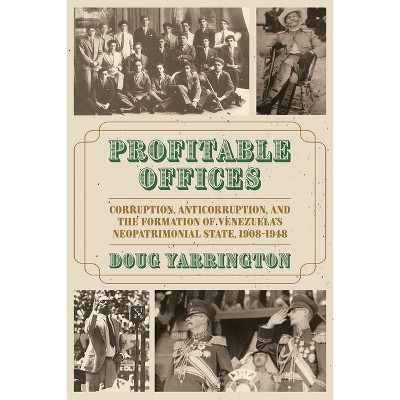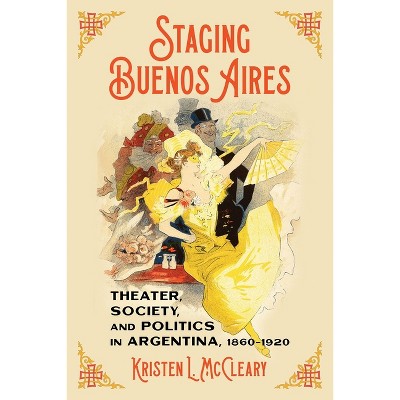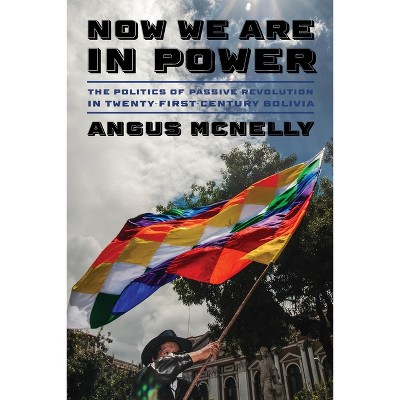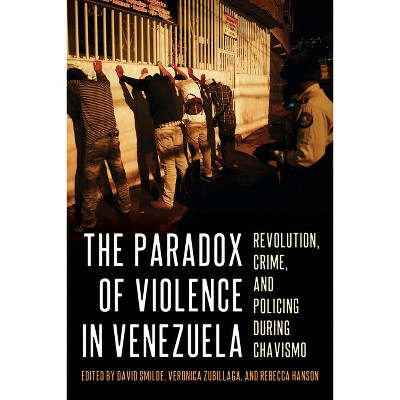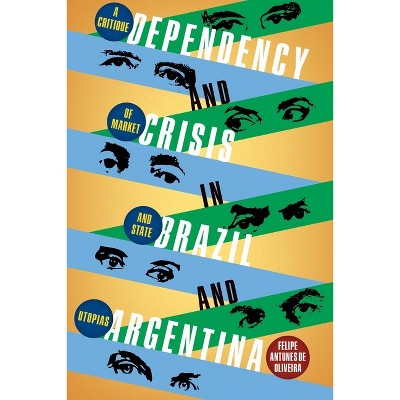City at the Center of the World - (Pitt Latin American) by Ernesto Capello (Paperback)

$55.99 sale price when purchased online
$60.00 list price
Target Online store #3991
About this item
Highlights
- In the seventeenth century, local Jesuits and Franciscans imagined Quito as the u201cnew Rome.u201d It was the site of miracles and home of saintly inhabitants, the origin of crusades into the surrounding wilderness, and the purveyor of civilization to the entire region.
- About the Author: Ernesto Capello is assistant professor of history at Macalester College.
- 312 Pages
- History, Latin America
- Series Name: Pitt Latin American
Description
About the Book
In this original cultural history, Ernesto Capello analyzes the formation of memory, myth, and modernity through the eyes of Quito's diverse populations. By employing Mikhail Bakhtin's concept of chronotopes, Capello views the configuration of time and space in narratives that defined Quito's identity and its place in the world. To Capello, these tropes began to crystallize at the end of the nineteenth century, serving as a tool for distinct groups who laid claim to history for economic or political gain during the upheavals of modernism.Book Synopsis
In the seventeenth century, local Jesuits and Franciscans imagined Quito as the u201cnew Rome.u201d It was the site of miracles and home of saintly inhabitants, the origin of crusades into the surrounding wilderness, and the purveyor of civilization to the entire region. By the early twentieth century, elites envisioned the city as the heart of a modern, advanced society--poised at the physical and metaphysical centers of the world. In this original cultural history, Ernesto Capello analyzes the formation of memory, myth, and modernity through the eyes of QuitoÆs diverse populations. By employing Mikhail BakhtinÆs concept of chronotopes, Capello views the configuration of time and space in narratives that defined QuitoÆs identity and its place in the world. He explores the proliferation of these imaginings in architecture, museums, monuments, tourism, art, urban planning, literature, religion, indigenous rights, and politics. To Capello, these tropes began to crystallize at the end of the nineteenth century, serving as a tool for distinct groups who laid claim to history for economic or political gain during the upheavals of modernism. As Capello reveals, QuitoÆs society and its stories mutually constituted each other. In the process of both destroying and renewing elements of the past, each chronotope fed and perpetuated itself. Modern Quito thus emerged at the crux of Hispanism and Liberalism, as an independent global society struggling to keep the memory of its colonial and indigenous roots alive.Review Quotes
"City at the Center of the World explores the emergence of Quito, Ecuador, as a modern national capital. Capello's elegantly written and well-organized study examines strategic moments in the city's history in relation to their colonial past and regional contexts as city elites and indigenous communities worked to reshape 'traditional' historical discourses and city spaces to craft a modern capital to their respective advantage."-- "Mark Overmyer-Velázquez, University of Connecticut"
A thoughtfully researched cultural history that explores master narratives, or chronotopes, constructed by Quiteno elite from the 1880s through the 1940s, a period of rising modernization and consolidation of the nation state. Capello uses a wide range of sources, drawing on archival documents, visual images, literature, and architecture.-- "American Historical Review"
In this highly original book, Capello examines the city of Quito on both sides of the twentieth century. He reveals an evolving city and a city in crisis, a former colonial capital torn between alleged Hispanic traditions and long-suppressed indigenous aspirations, uncertain of its survival, yet proud of its past glory. Marshaling an astonishing array of written, visual, and architectonic sources, Capello traces Quito's painful transition to Liberal-inspired modernity. This book will no doubt inspire new approaches to urban studies in the Americas and beyond.-- "Kris Lane, Tulane University"
Rests on a robust archive. It draws together diverse elements of history-making--including cartography, urban design, architecture, literature, and photography--to reveal the complex socio-political patterns that sustained Quito's national position over time.-- "A Contra corriente"
What is most striking about the book is how very well the author identifies and situates the social actors he is studying. . . . Full of insights that will fascinate and enrich the work of scholars of Ecuador, but it will also be of interest to those engaged with urban history in Latin America and elsewhere, as well as those exploring memory, history, and the politics of the past. It also will challenge scholars at all stages of their careers to consider new methodological paths to illuminate politics, imaginaries, perceptions, and experience in Latin American urban spaces.-- "Hispanic American Historical Review/I>"
About the Author
Ernesto Capello is assistant professor of history at Macalester College.Dimensions (Overall): 9.2 Inches (H) x 6.0 Inches (W) x .9 Inches (D)
Weight: 1.0 Pounds
Suggested Age: 22 Years and Up
Number of Pages: 312
Genre: History
Sub-Genre: Latin America
Series Title: Pitt Latin American
Publisher: University of Pittsburgh Press
Theme: South America
Format: Paperback
Author: Ernesto Capello
Language: English
Street Date: November 4, 2011
TCIN: 94420821
UPC: 9780822961666
Item Number (DPCI): 247-18-7554
Origin: Made in the USA or Imported
Shipping details
Estimated ship dimensions: 0.9 inches length x 6 inches width x 9.2 inches height
Estimated ship weight: 1 pounds
We regret that this item cannot be shipped to PO Boxes.
This item cannot be shipped to the following locations: American Samoa (see also separate entry under AS), Guam (see also separate entry under GU), Northern Mariana Islands, Puerto Rico (see also separate entry under PR), United States Minor Outlying Islands, Virgin Islands, U.S., APO/FPO
Return details
This item can be returned to any Target store or Target.com.
This item must be returned within 90 days of the date it was purchased in store, shipped, delivered by a Shipt shopper, or made ready for pickup.
See the return policy for complete information.






